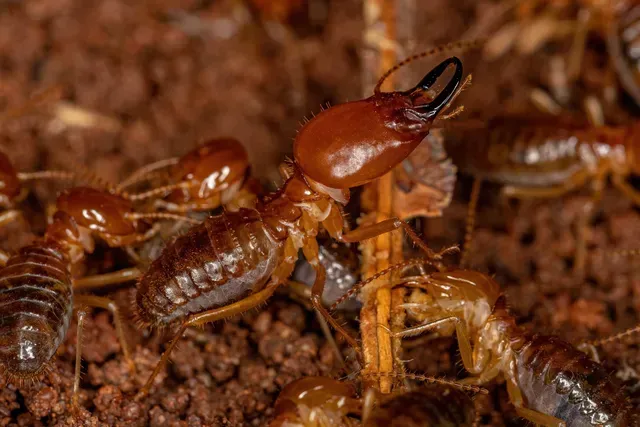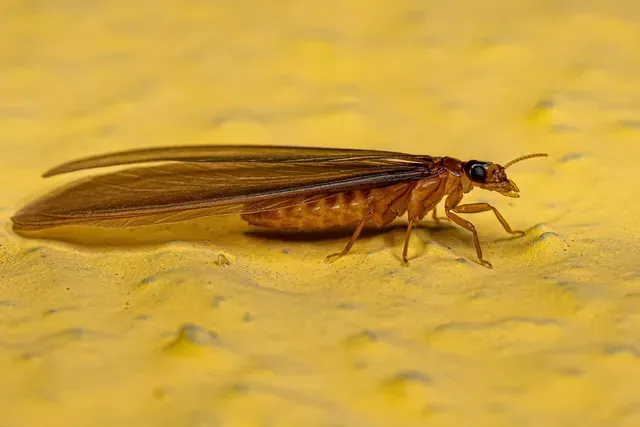Termite Control
Termite Control
Same Day Pest Control
817-646-8392
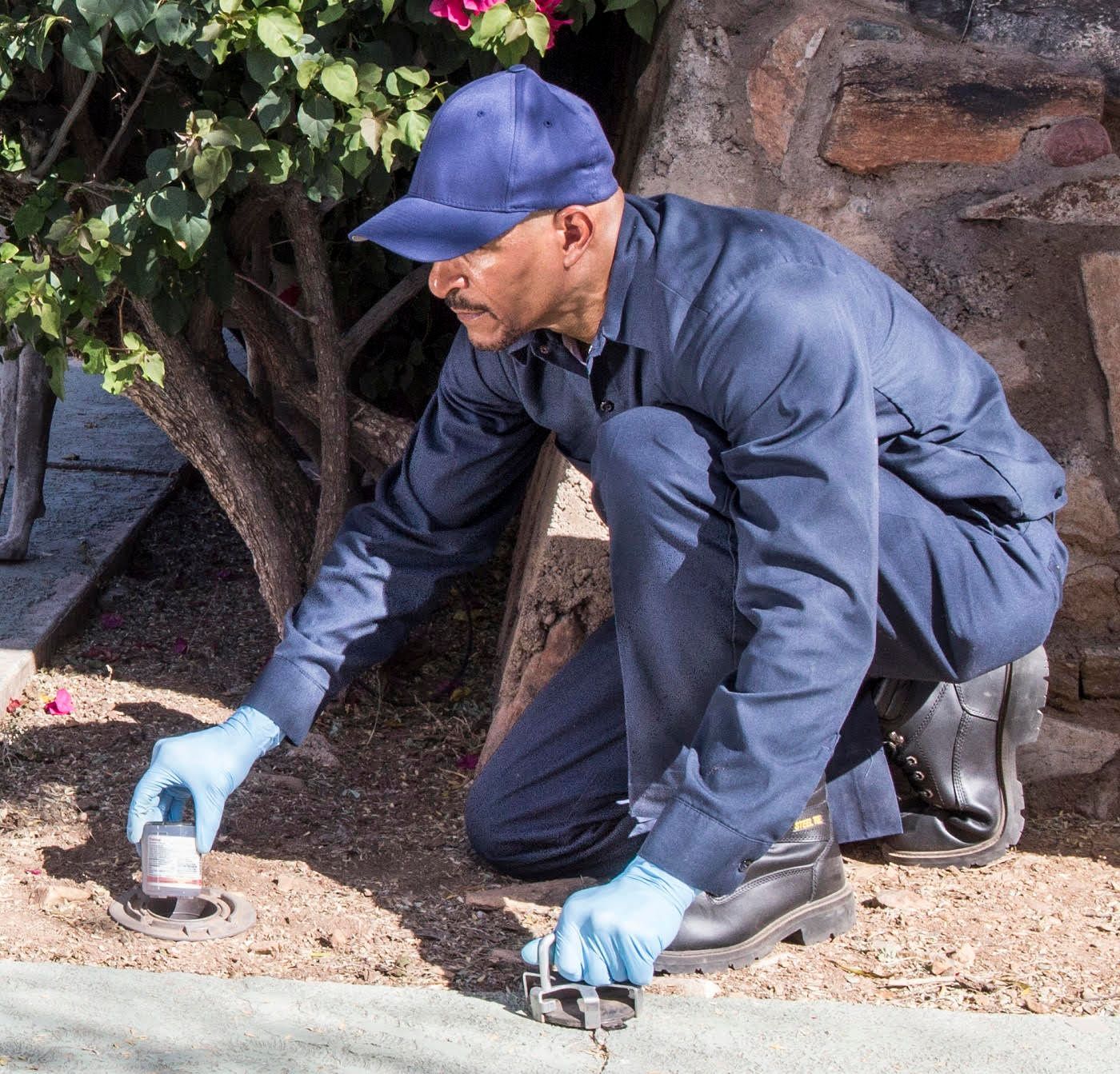
Trelona is a registered trademark of BASF. Always read and follow directions. Photos courtesy of BASF.
Get a Termite Inspection Now!
Termites need to be controlled before they turn your home into dust!
Termites in the house pose a significant threat in the United States, leading to billions of dollars in annual damages. These relentless pests can wreak havoc on wooden structures within homes, swiftly undermining their structural integrity. Fortunately, we specialize in providing comprehensive termite control solutions designed to eradicate existing termite colonies and safeguard your property from future infestations. With our expert services, you can protect your home and investments from the destructive impact of termites.
TERMITE BAIT SERVICE
- Eliminate termites in the soil before they damage your home
- Easy monthly payments
- Constant year-round protection
- Avoid expensive repairs
- Worry-free warranty
We provide termite control services for both residential and commercial properties.
Termite Inspection
Call for your detailed inspection, which includes:
- Inspection Results & Assessment
- Consultation with Licensed Pro
- Custom Termite Treatment &Prevention Options Explained
- State Inspection Form
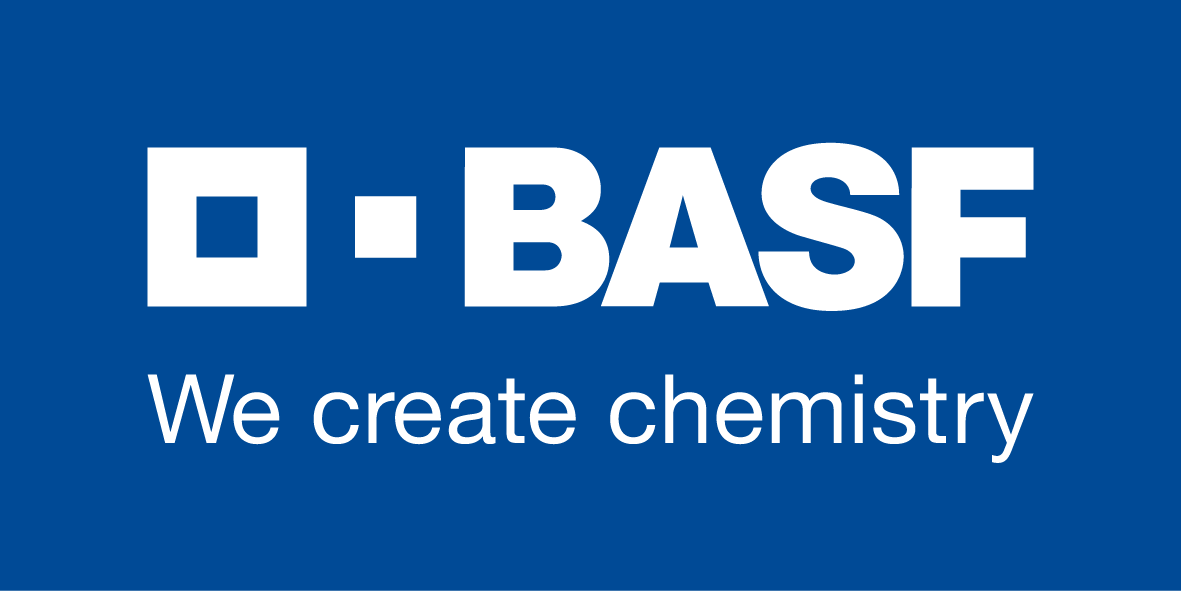
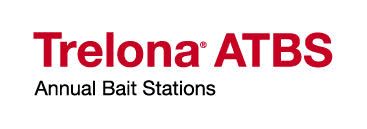
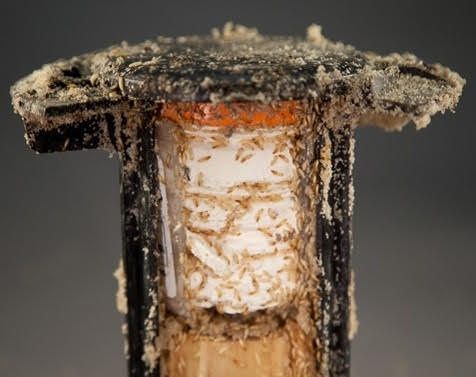
Trelona is a registered trademark of BASF. Always read and follow directions. Photos courtesy of BASF.
4 Steps to better Termite Control
At our core, we prioritize excellence and thoroughness in our termite control services, setting us apart from competitors who may cut corners. Our commitment is to ensure comprehensive protection in every possible termite entry point or potential harm zone, surpassing the minimum treatment standards that some pest control companies merely meet.
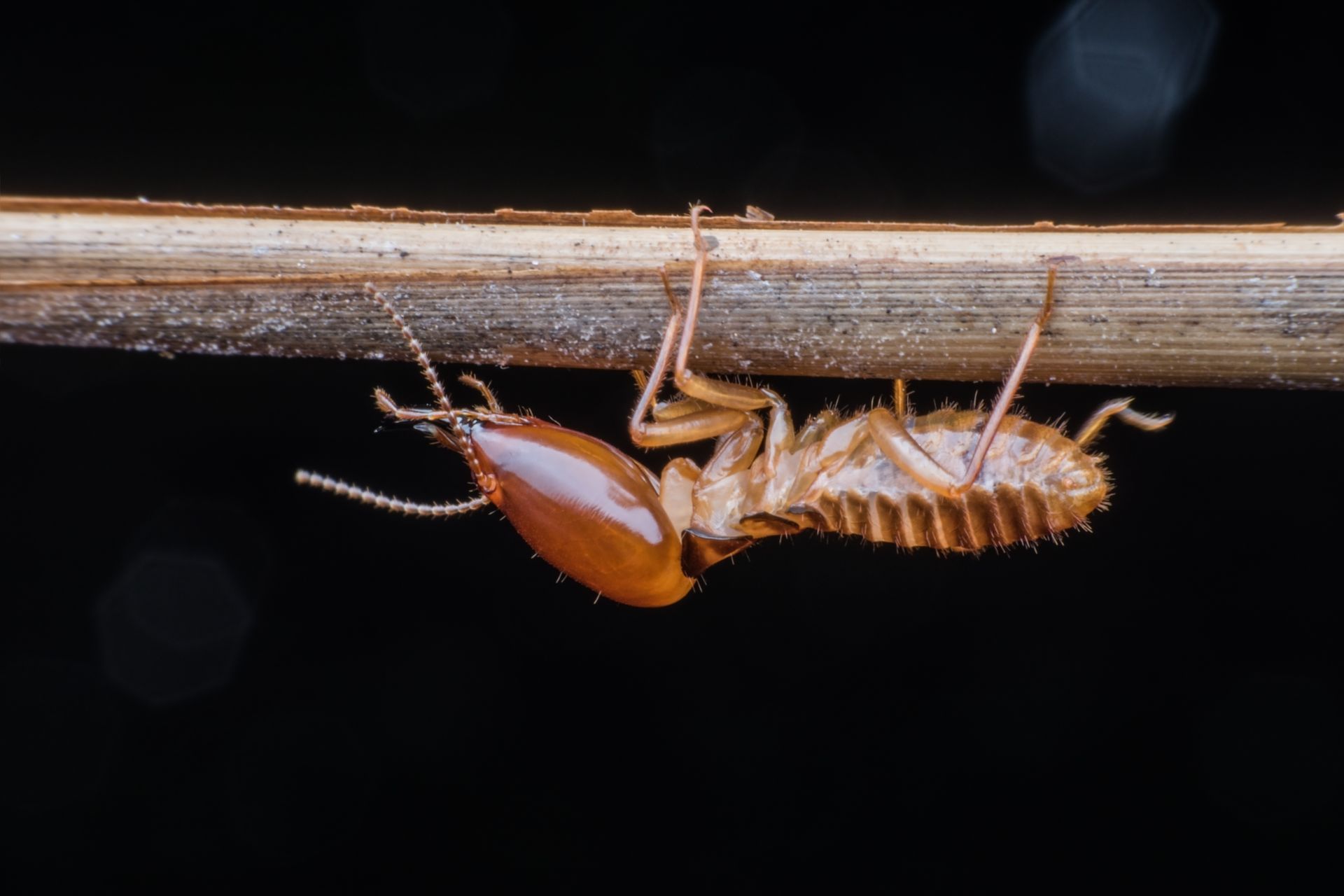
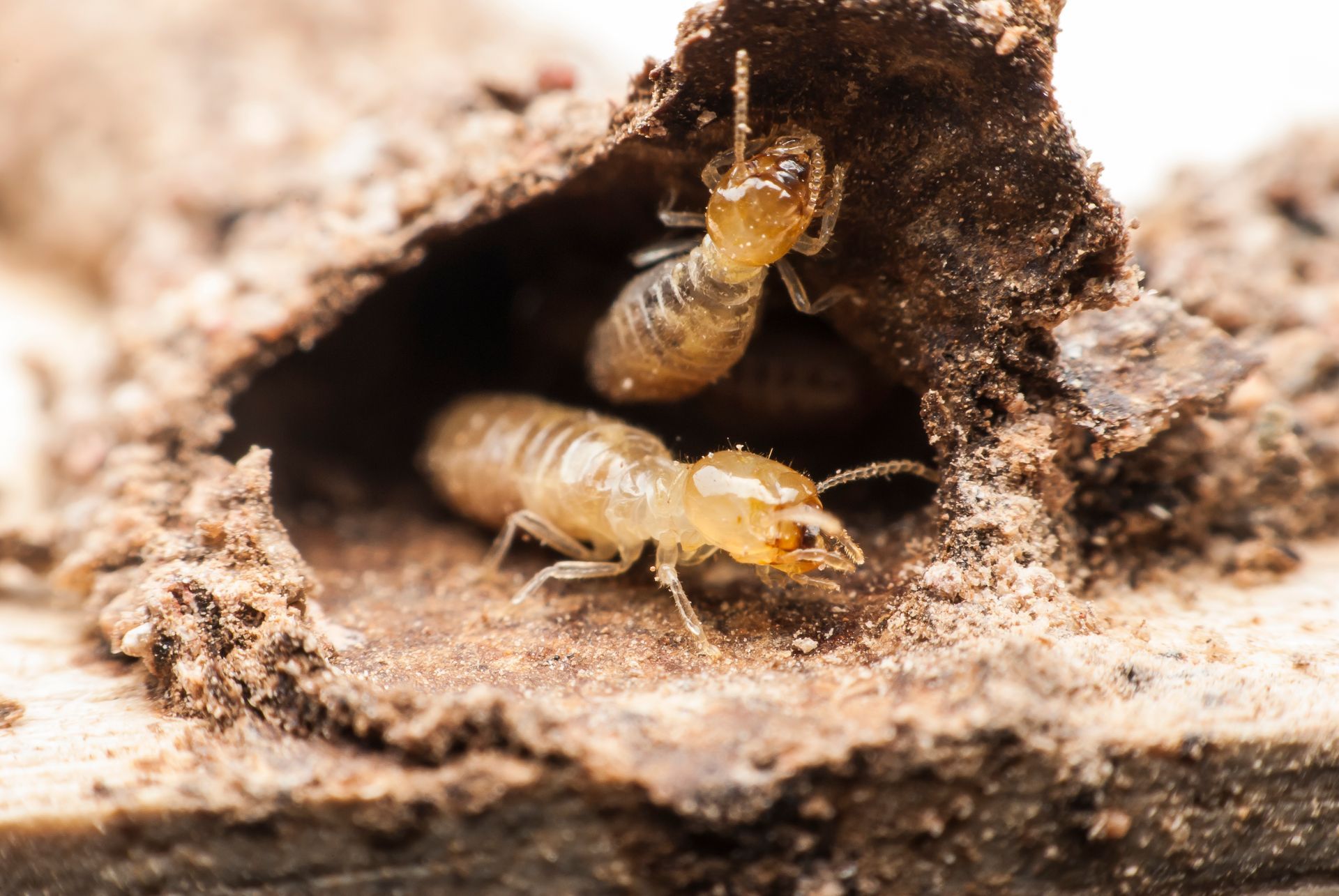
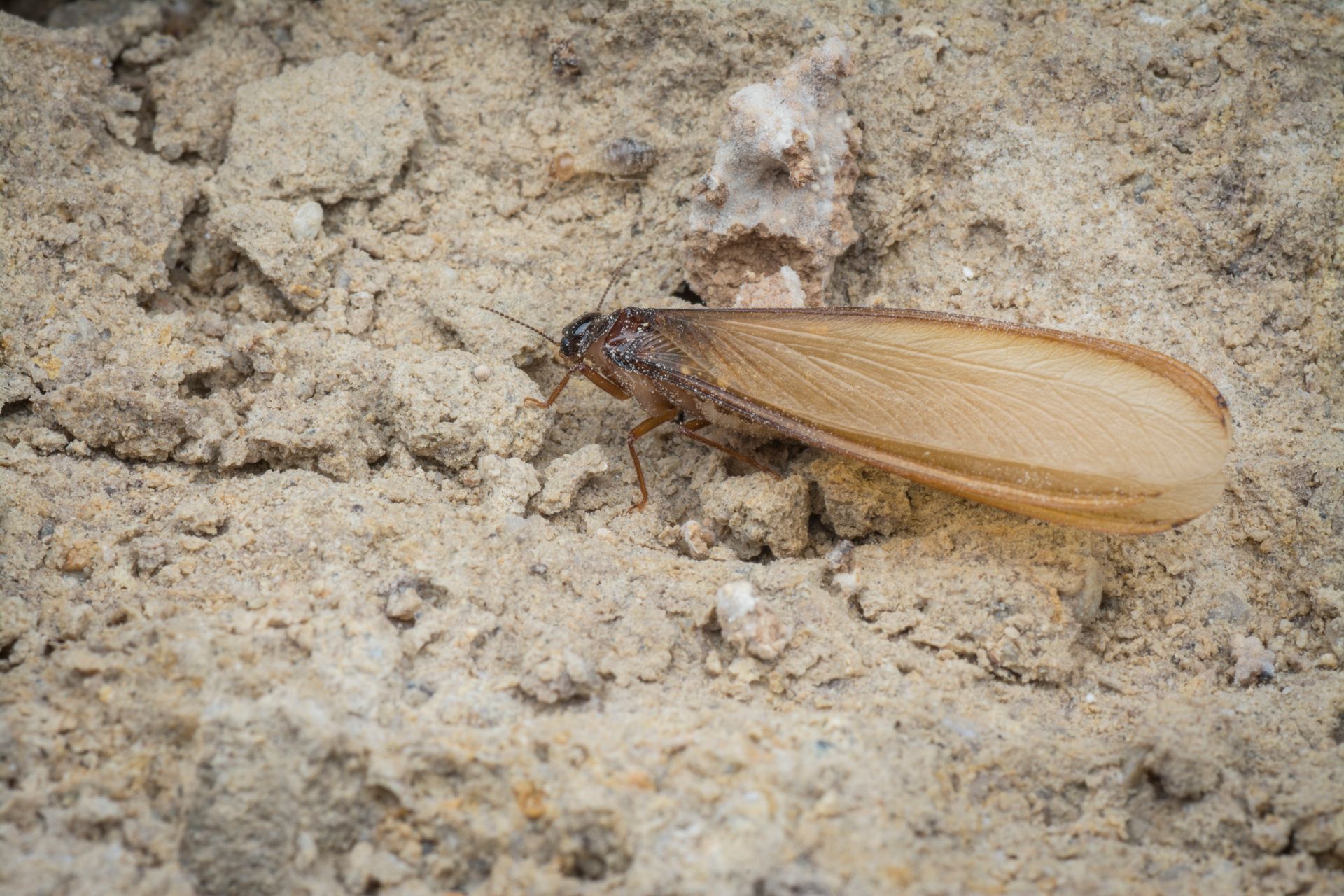
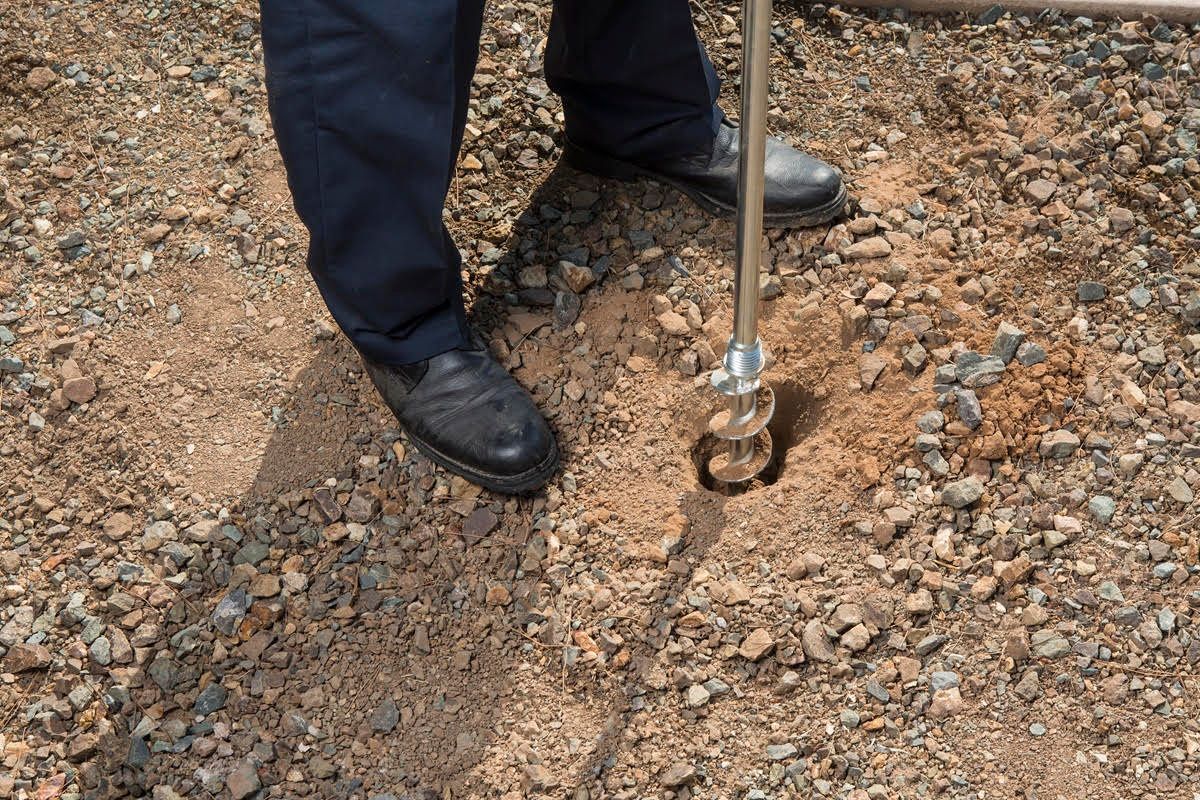
Slide title
Step 1
Button
Slide title
Step 2
Button
Slide title
Step 3
Button
Slide title
Step 4
Button
Trelona is a registered trademark of BASF. Always read and follow directions. Photos courtesy of BASF.
Same Day Pest Control
817-646-8392
Types of Termites
Subterranean Termites
The eastern subterranean termite, a highly social insect, holds the distinction of being the most prevalent and widely dispersed termite species across North America. This widespread presence makes it the most economically significant and destructive termite species in the United States. These voracious pests have a voracious appetite for cellulose, the primary structural component found in plant cells. This means that any wooden materials within a household are susceptible to
their insatiable hunger. Moreover, in their quest for sustenance, they may also harm non-wood materials. Given their secretive nature, these termites rarely reveal themselves in the open, making infestations challenging to identify until the damage becomes extensive.
Dampwood Termites
Dampwood termites stand out as one of the larger termite species in comparison to their counterparts. As their name suggests, these termites are naturally drawn to moisture-rich wood. Unlike some other termite types, they don't construct mud tubes. Instead, they thrive entirely within the wood they're feasting upon, sealing their entry holes with their feces to maintain the required humidity levels. Dampwood termites are most commonly encountered in southern regions, especially in the more humid and tropical climates. Much like subterranean species, they have a high demand for moisture-rich environments, with the key distinction being that they don't venture into the soil.
Within their colonies, dampwood termites have three primary castes: reproductives (alates), soldiers, and false workers, also known as pseudergates. Their swarming behavior is typically observed during nighttime, and they are often attracted to many different sources of light.
Drywood Termites
Drywood termites may not be as destructive as subterranean termites in the United States, but they still pose a significant threat. These termites typically establish their colonies in dry wood, and signs of an infestation often include the presence of discarded wings, feces, or frass (accumulations of sawdust resulting from their feeding activities). Similar to other termite species, drywood termites primarily feed on cellulose, which is abundant in wood. However, what sets them apart is their preference for dry, solid wood, rather than soft, moist wood, making them a unique and potentially hazardous menace to structures.
Much like other termites, drywood termites organize themselves into a caste system that includes reproductive and worker/soldier castes. Swarming events are common indicators of an infestation, signaling the need for immediate attention and intervention.
When you opt for our termite control service,
you can anticipate the following benefits:
- FREE ESTIMATES: We provide complimentary quotes for our extensive termite treatment plans. Requesting an estimate online is hassle-free and comes with no obligation.
- COMPREHENSIVE INSPECTION: Our highly skilled technicians possess in-depth knowledge of termite hiding spots. We conduct thorough inspections of both your home's interior and exterior to identify any indications of termite activity or damage.
- PERSONALIZED PLAN: Based on the results of our inspection, we craft a customized termite extermination strategy that caters to your specific needs and addresses your pest concerns effectively.
- EXPERT TERMITE TREATMENT:
Armed with the latest training and cutting-edge technology, we deliver the safest, most efficient, and longest-lasting termite control service available. Your peace of mind and home protection are our utmost priorities.
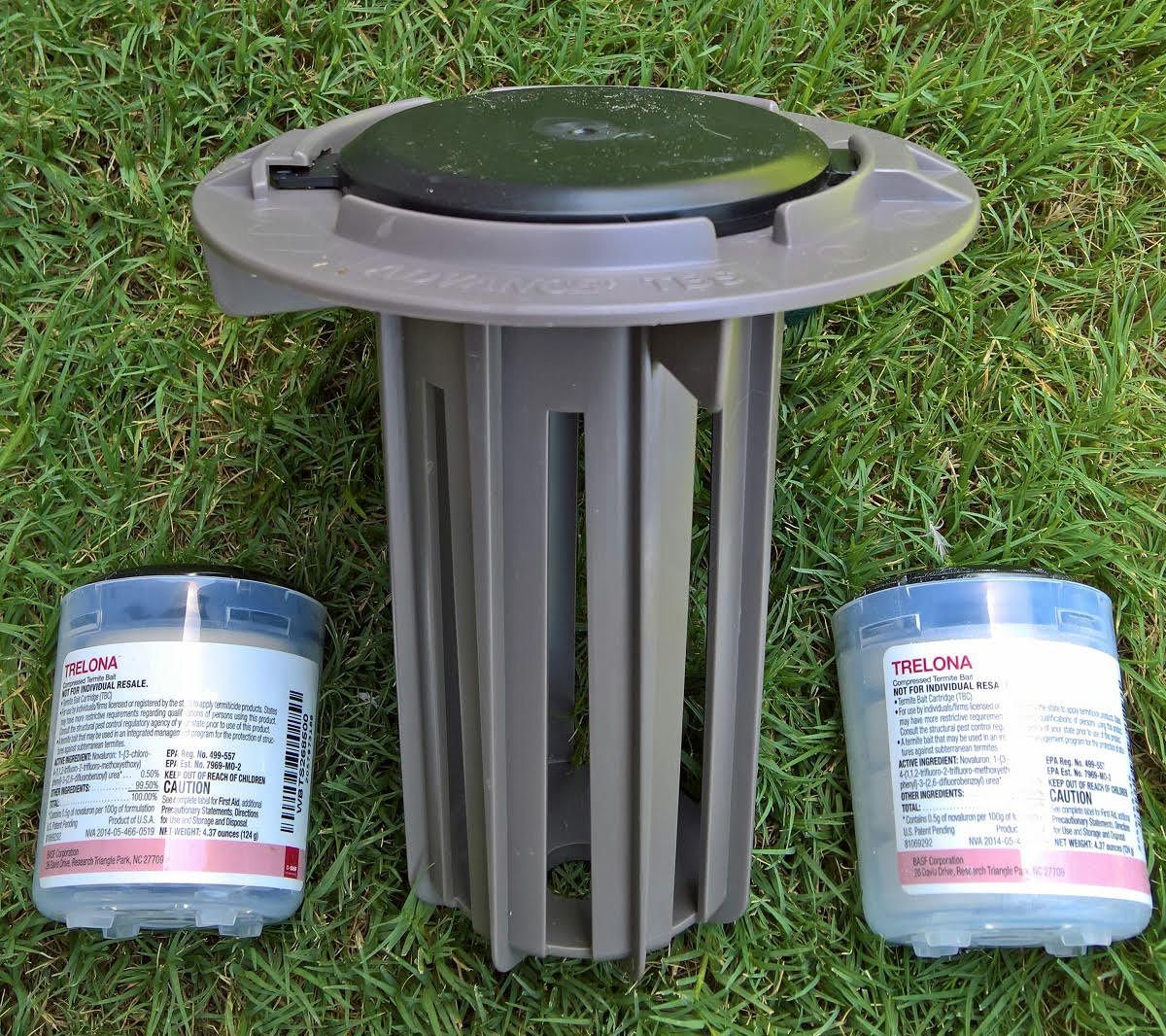
Slide title
Write your caption hereButton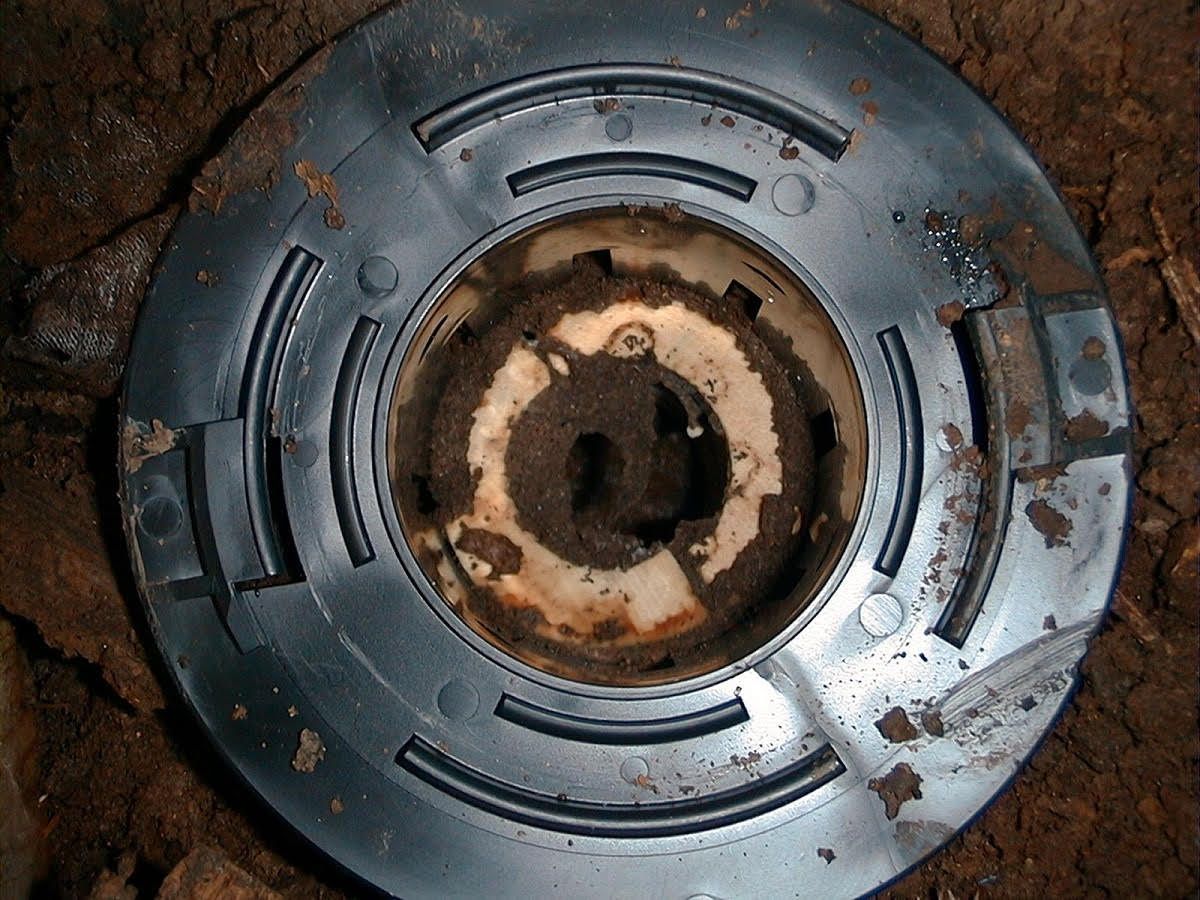
Slide title
Write your caption hereButton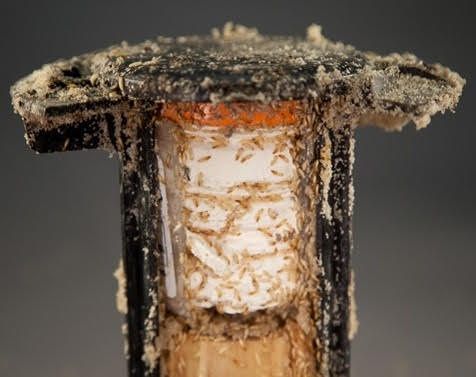
Slide title
Write your caption hereButton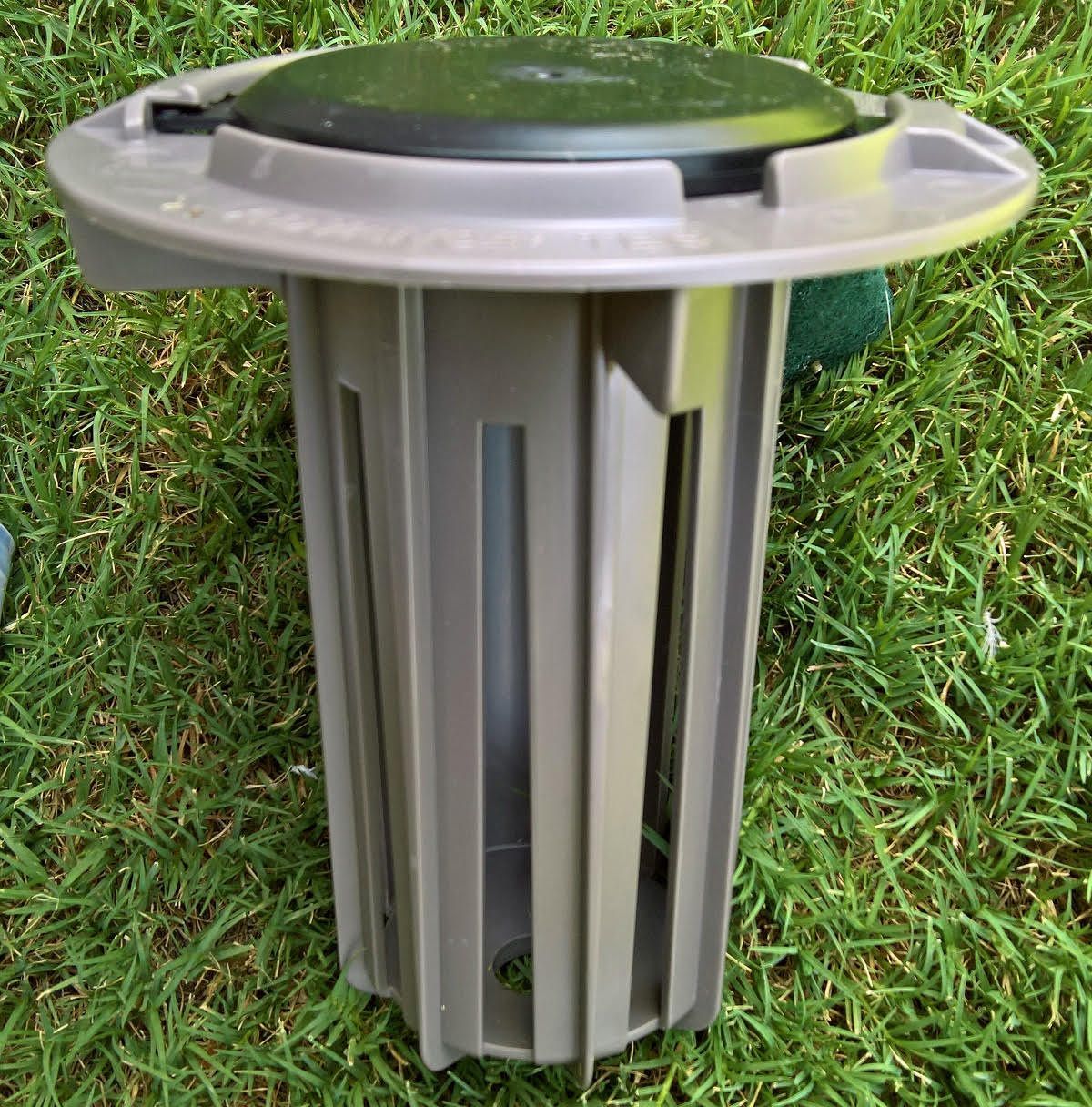
Slide title
Write your caption hereButton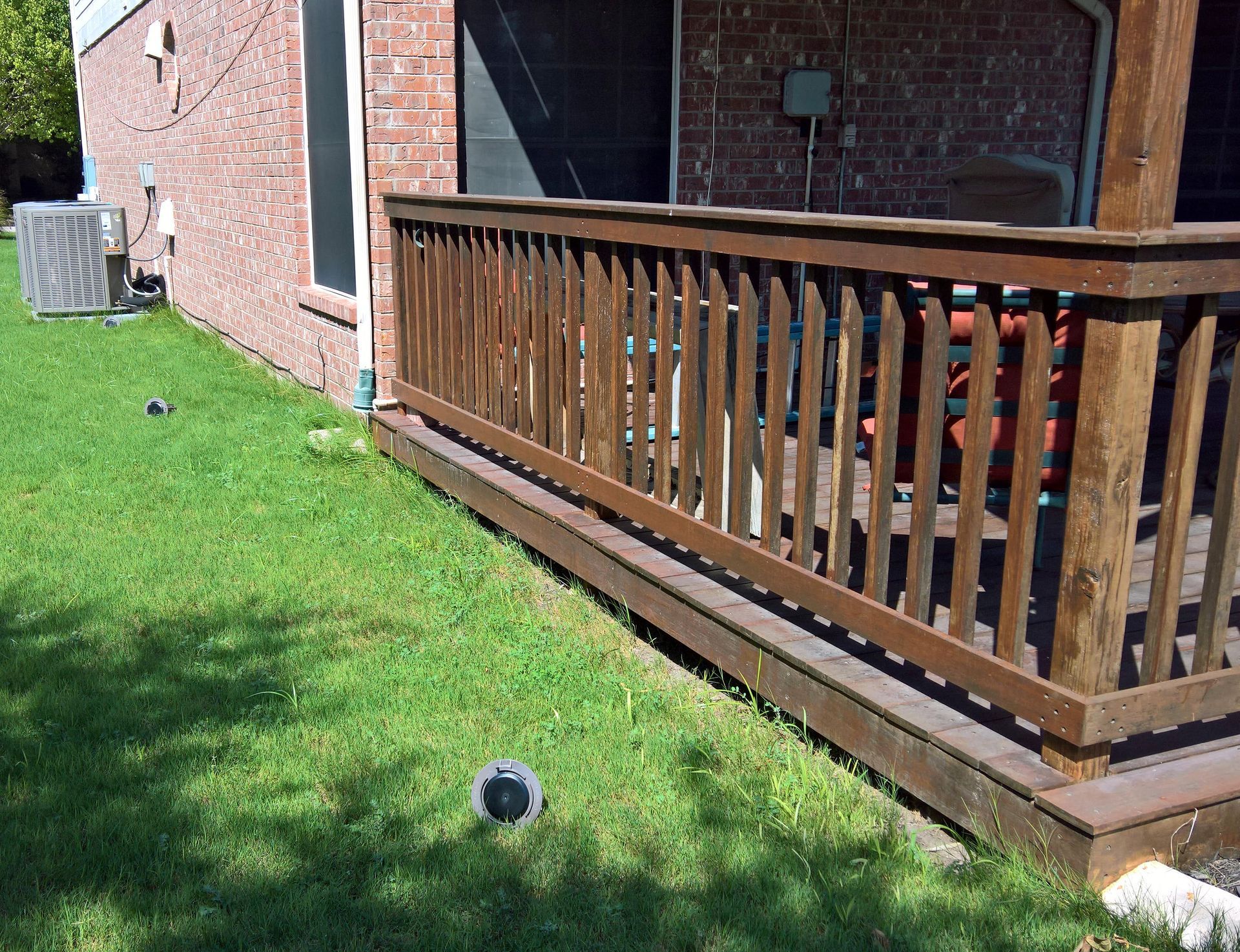
Slide title
Write your caption hereButton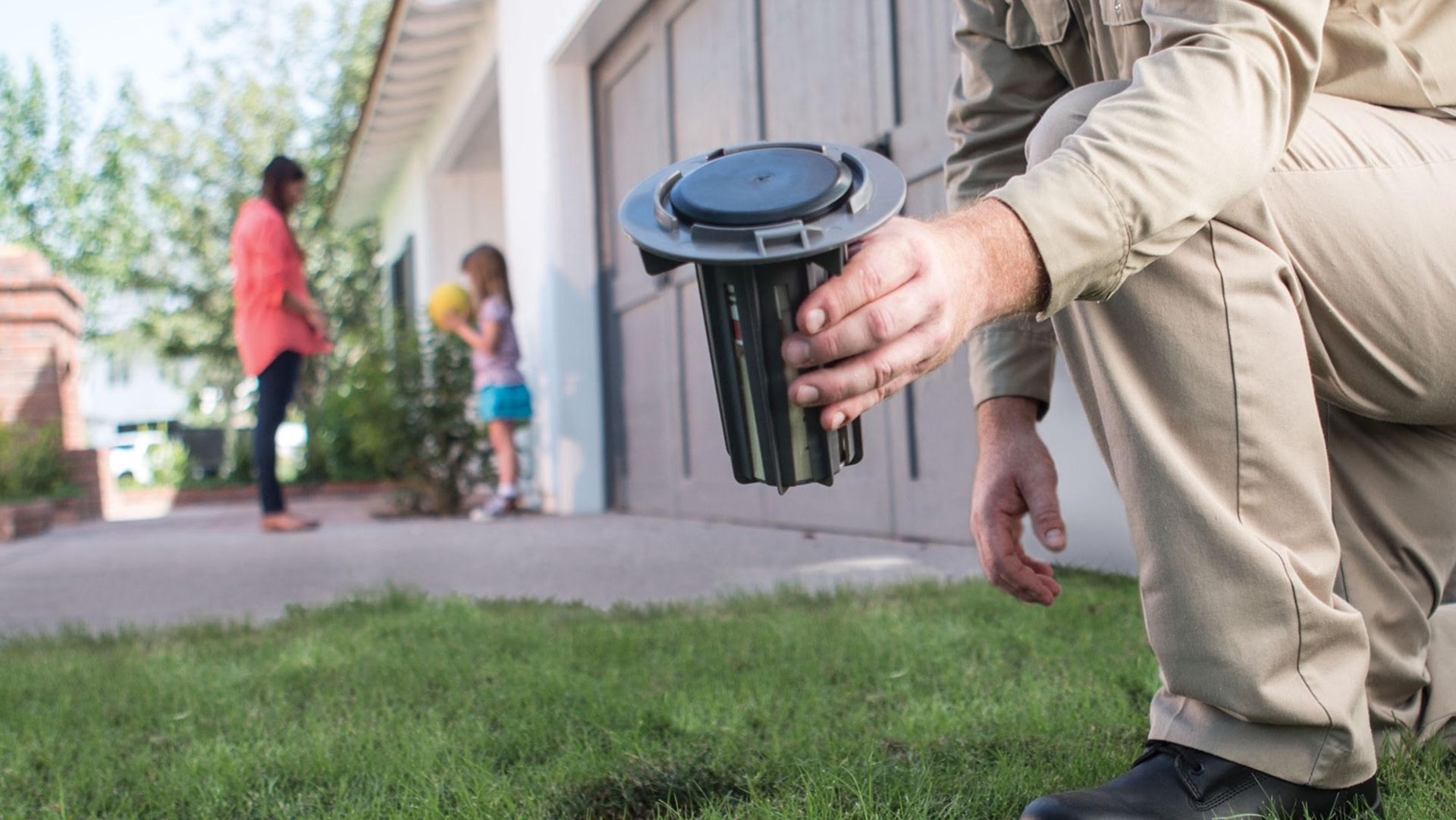
Slide title
Write your caption hereButton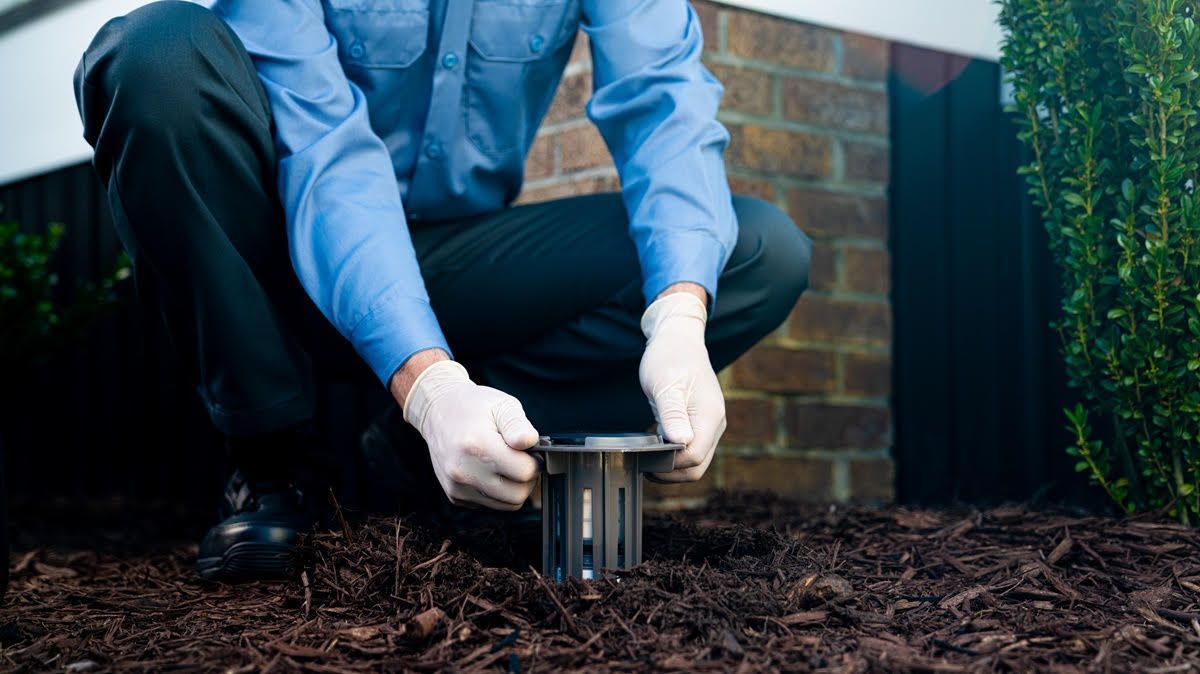
Slide title
Write your caption hereButton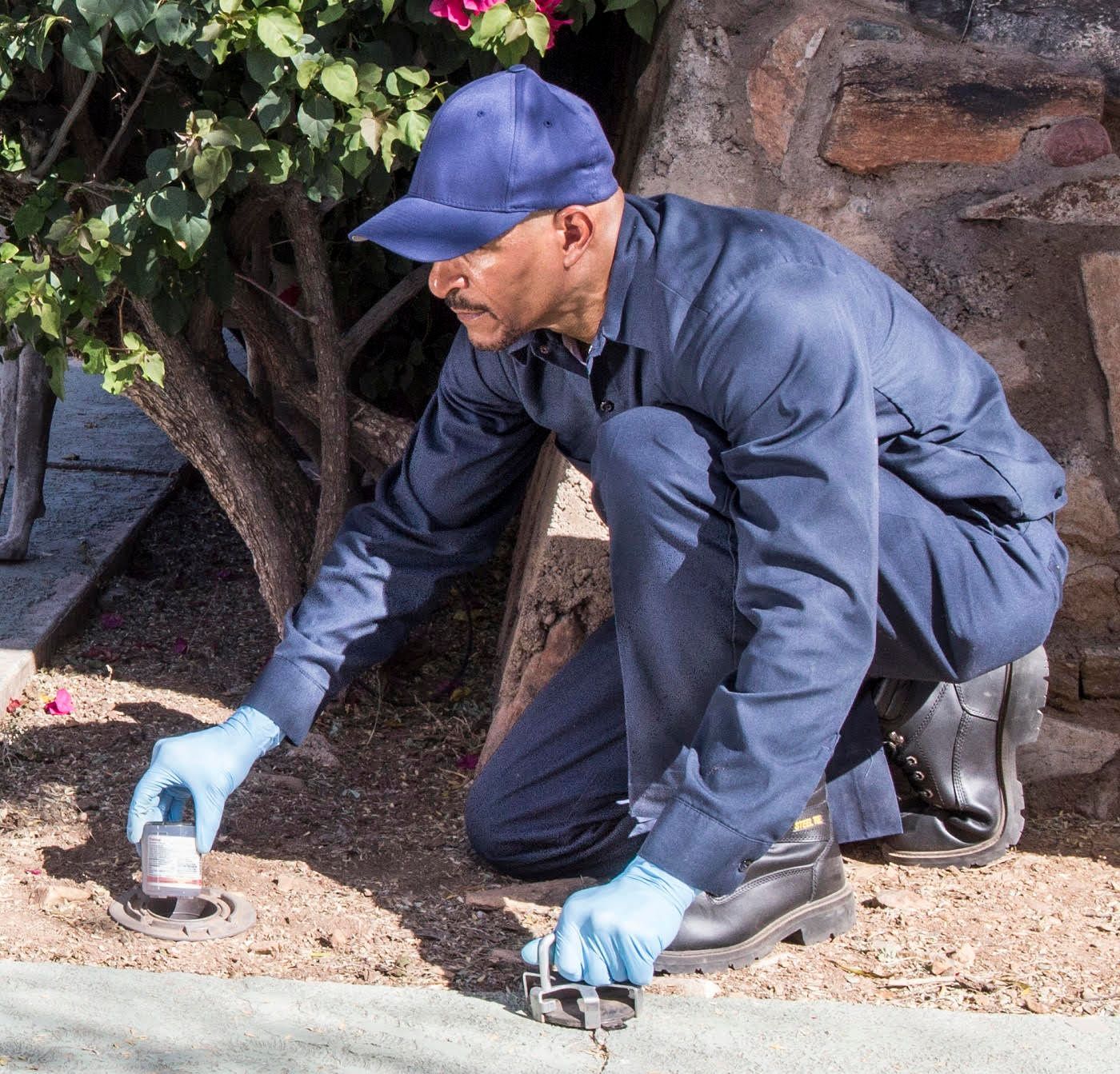
Slide title
Write your caption hereButton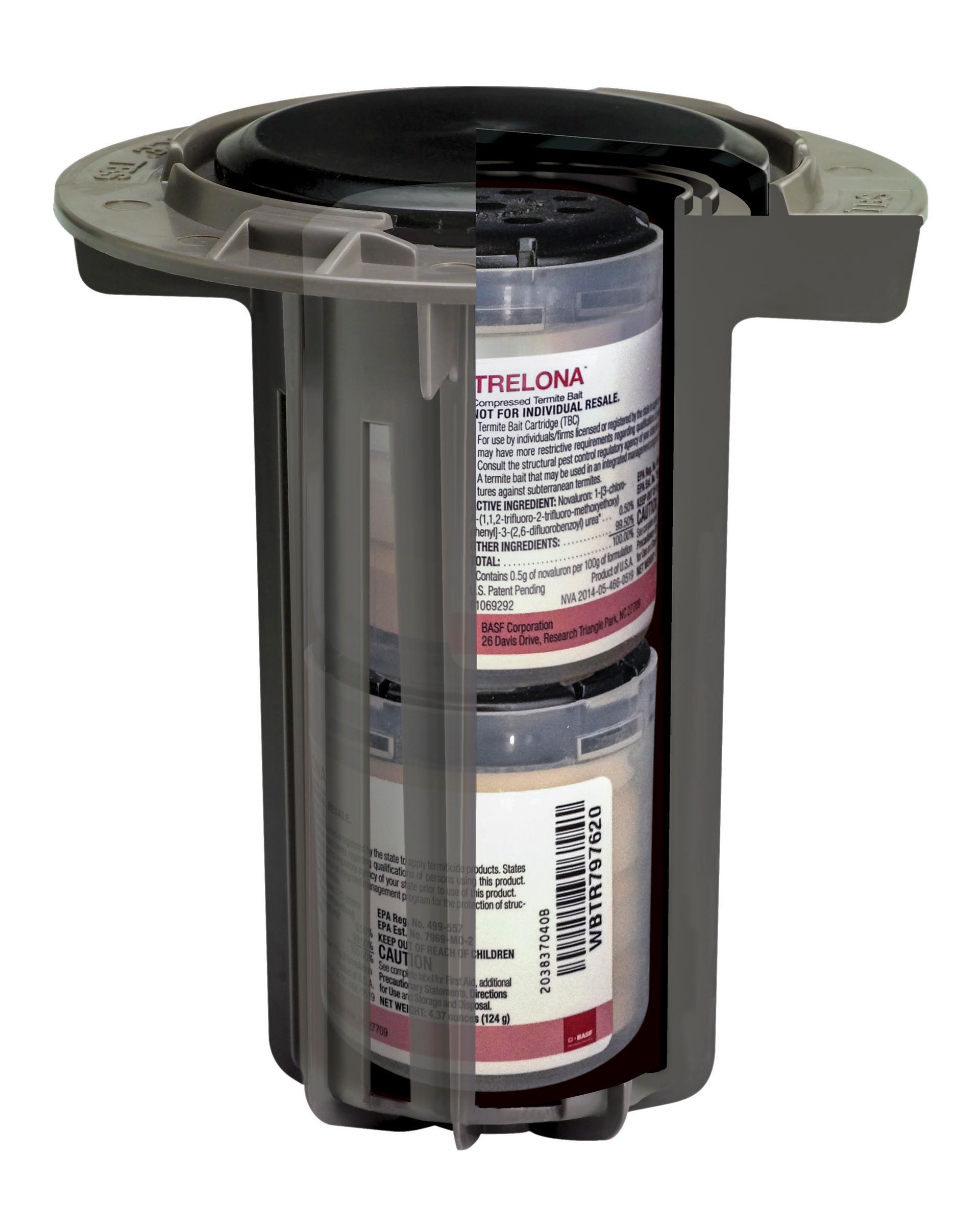
Slide title
Write your caption hereButton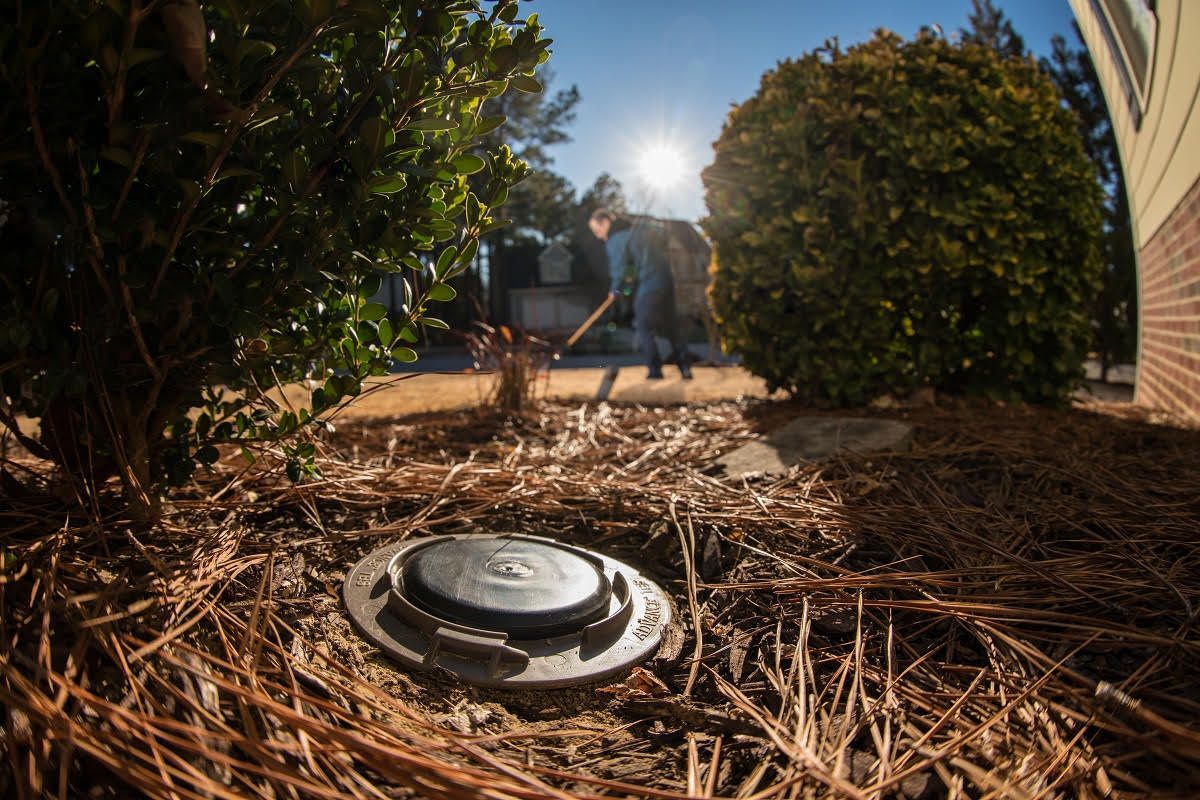
Slide title
Write your caption hereButton
Trelona is a registered trademark of BASF. Always read and follow directions. Photos courtesy of BASF.


Same Day Pest Control
817-646-8392
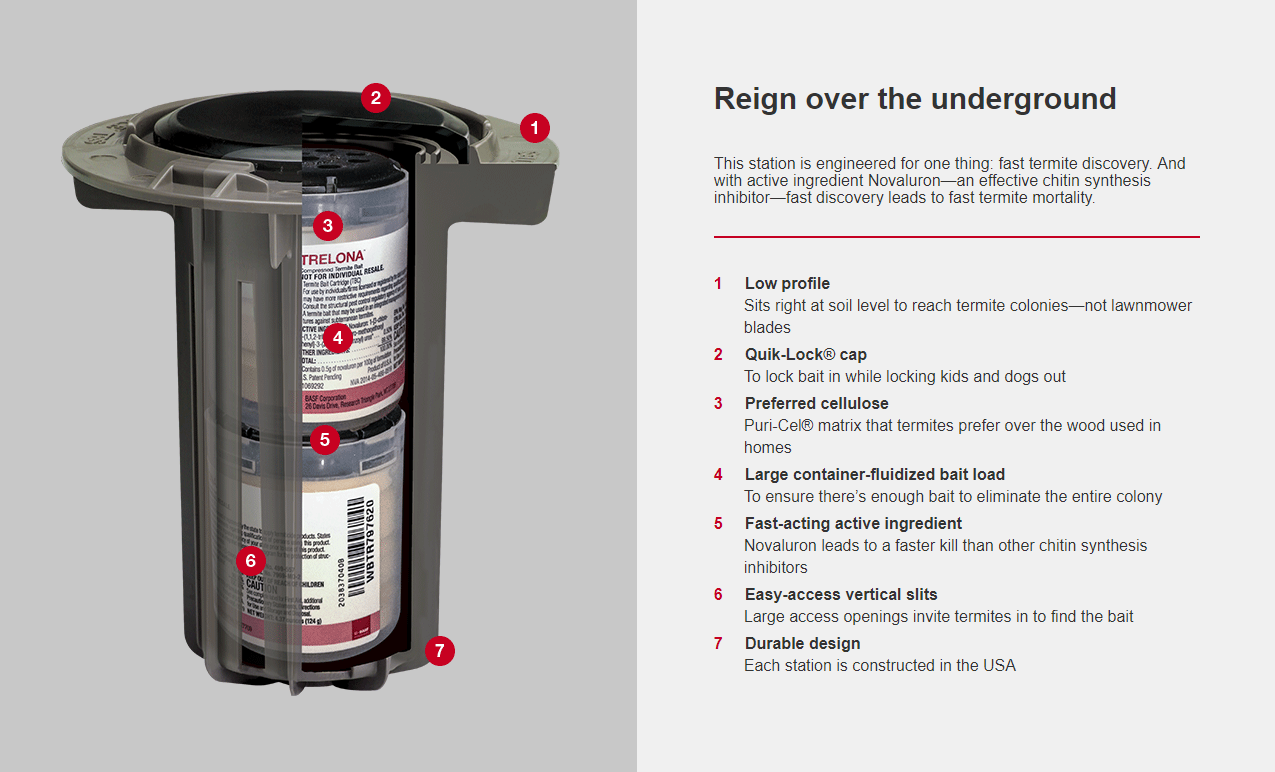
-
What are termites?
Termites, small yet voracious insects, organize themselves into vast colonies, notorious for their wood-devouring tendencies, which encompass both timber and wooden structures. This termite family can be neatly divided into three primary types: subterranean, drywood, and dampwood, each predominantly distinguished by their habitat preferences.
Subterranean Termites: Aptly named, these termites typically establish their homes in the soil, displaying exceptional skills in crafting subterranean tunnels and inflicting structural harm.
Drywood Termites: In contrast, drywood termites exhibit a preference for wood characterized by extremely low moisture levels. They have the unique ability to establish nests within the very wood they consume, presenting a potential threat to residential properties.
Dampwood Termites: As their moniker implies, dampwood termites thrive in moisture-rich environments, often taking up residence in wood situated within forested regions. Managing these termites presents distinctive challenges.
Recognizing the habitat inclinations of these termite varieties is paramount for effectively managing and preventing termite infestations, whether in residential structures or wooded landscapes.
-
How are termites identified and when do they swarm?
Identifying termites and their swarming season can be a tricky task. At times, termites may be mistaken for flying ants as both possess four wings. However, termite wings are uniform in size, while flying ants have larger wings in the front. Termites typically range from ¼ to ½ an inch in length and are pale in color.
Different termite species have their unique swarming season, but spring is generally the peak season for termites. The Formosan subterranean termites, which are the most damaging type, usually swarm at night during springtime. It's crucial to contact us right away if you detect any swarming termites on your property.
-
Can termites be controlled?
Homeowners are strongly advised against attempting termite control on their own, as it falls within the realm of specialized pest control. Licensed pest control professionals bring to the table essential expertise, extensive training, cutting-edge technology, and effective products that are essential for efficiently managing termite populations and ensuring the protection of your home.
-
What does Termite Damage look like?
Termite damage can vary in appearance depending on the type of termites involved, the materials they have infested, and the extent of the infestation. Here are some common signs and what termite damage may look like:
Wood Damage: Termites primarily feed on wood, so wood structures are often their target. You may notice wood that appears hollowed out or has a honeycomb-like texture. In severe cases, the wood may crumble or break easily when touched.
Mud Tubes: Subterranean termites build mud tubes as protective tunnels to travel between their colony and their food source (usually wood). These tubes are usually brown and can be seen along the foundation of a building or climbing up walls.
Discarded Wings: When termites swarm to establish new colonies, they shed their wings. Finding discarded termite wings near windowsills or other entry points can be a sign of an infestation.
Bubbling or Peeling Paint: Termites can damage the wood beneath paint, causing it to bubble, blister, or peel. This can give a distorted or uneven appearance to painted surfaces.
Small Holes or Entry Points: Termites create tiny holes or entry points in wood as they burrow into it. These holes may be visible on the surface of the wood.
Fecal Pellets (Frass): Drywood termites push out their feces as they feed, creating small piles of pellet-like droppings near their infestation site. This can look like tiny piles of sawdust or sand.
Sagging or Buckling Floors and Ceilings: As termites damage structural wood, it can lead to sagging or buckling in floors and ceilings. This can cause visible unevenness in the affected areas.
Cracked or Warped Drywall: Termites can damage the paper backing of drywall, causing it to crack or warp. This may also be accompanied by a bubbling or rippling appearance on the surface of the drywall.
Tunnels in Wood: In some cases, you may be able to see tunnels or galleries that termites have created within wood. These tunnels can have a complex, maze-like appearance.
It's important to note that termite damage is often hidden and may not always be visible on the surface. Regular inspections by professionals or vigilant homeowners are crucial for early detection and treatment of termite infestations. If you suspect termite damage, it's advisable to consult a pest control expert for a thorough evaluation.
-
If I see termites, does it mean I have damage?
The mere presence of termites in your vicinity doesn't automatically imply damage within your home. To determine whether your property has been impacted, a thorough inspection is imperative. If you harbor suspicions of termite presence in your home, we provide a complimentary and obligation-free inspection service. This inspection serves to confirm their presence and evaluate any potential damage, ensuring you have the information needed to make informed decisions regarding termite management.
-
How often are termite treatments done?
The frequency of termite treatments for homes can vary depending on several factors, including the type of treatment applied, the termite species in your area, the construction materials of your home, and your geographical location. Here are some general guidelines for termite treatments:
Preventative Treatments: Many homeowners opt for preventative termite treatments to protect their homes from potential infestations. Common preventative treatments include soil treatments, bait systems, and barrier treatments. The frequency for these treatments can range from every 5 to 10 years, depending on the product used and local conditions.
Reactive Treatments: If you already have a termite infestation, the treatment frequency will depend on the severity of the infestation and the treatment method employed. It may require more frequent follow-up inspections and treatments to ensure complete eradication.
Location: The geographical location of your home plays a significant role. In areas with a high risk of termite activity, such as warm and humid climates, more frequent treatments may be necessary. In contrast, homes in regions with lower termite activity may require less frequent treatments.
Construction Materials: Homes built with certain construction materials, such as wood or cellulose-rich materials, may be more susceptible to termite infestations. These homes may benefit from more frequent inspections and treatments.
Type of Termites: The type of termites in your region can impact treatment frequency. Subterranean termites, for example, may require more frequent treatments than drywood termites, as they are more common and can cause severe damage.
Local Regulations: Local regulations and building codes may influence the frequency of termite treatments. Some areas may have specific requirements for termite protection and treatment intervals.
It's essential to work with a licensed pest control professional who can assess your specific situation and recommend a treatment plan tailored to your needs. Regular termite inspections, typically conducted annually, are also crucial for early detection and prompt treatment if an infestation is discovered. Consulting with a pest control expert in your area will help determine the appropriate treatment schedule for your home based on local conditions and risk factors.
-
Can I prevent termites?
Effective termite prevention involves minimizing or eliminating the moisture that termites require to thrive. To accomplish this, it is essential to lower the humidity levels in your crawl space and attic, channel water away from your home's foundation using gutters, and repair any leaks originating from pipes, faucets, or outdoor AC units. Additionally, it is advisable to remove any tree trunks, roots, wood stakes, or old form boards in close proximity to your home. Regular inspection of your home's foundations is also recommended to detect any signs of termite damage.
-
Will Termite treatments destroy other types of bugs/insects?
Termite treatments are primarily designed to target and eliminate termite infestations, and they may not necessarily target or destroy other types of insects or bugs. The specific chemicals and methods used in termite treatments are formulated to target termites due to their unique biology and behavior. These treatments are typically not broad-spectrum insecticides that indiscriminately kill various insects.
However, it's possible that some insecticides used for termite control could have an incidental impact on other insect pests in the area. For example, if a termite treatment involves the application of a liquid chemical barrier around a structure, it might deter or kill certain insects that come into contact with the barrier.
If you have concerns about other insect pests in addition to termites, it's essential to communicate these concerns with your pest control professional. They can assess the situation and recommend appropriate treatment options, which may include targeted solutions for other pests if needed. Keep in mind that pest control treatments can be tailored to address specific pest problems while minimizing any impact on non-target organisms.
-
Are termite treatments safe?
Termite treatments, when conducted by licensed and trained pest control professionals, are generally considered safe for humans and pets when applied according to label instructions and industry best practices. However, it's essential to keep several factors in mind:
Professional Application: Termite treatments should always be administered by certified pest control professionals who are knowledgeable about the products they use and the safety precautions required. They have the expertise to apply treatments effectively while minimizing risks.
Low Toxicity: Many modern termite control products are formulated to have low toxicity to humans and pets. They are designed to target termites specifically and have a minimal impact on non-target organisms.
Proper Ventilation: In some cases, treated areas may require proper ventilation to disperse any lingering fumes or residues. Pest control professionals should advise homeowners on when it's safe to re-enter treated areas.
Temporary Disruption: Depending on the treatment method used, there may be a temporary disruption to your living space or landscaping. Discuss the treatment plan with the pest control provider to understand any potential inconveniences.
Residue Management: Ensure that any residues or treated soil around your property are managed appropriately to prevent contact with humans or pets. Follow the guidelines provided by your pest control professional.
Occupant Safety: If you have specific health concerns, allergies, or sensitivities, make sure to inform your pest control provider so that they can take necessary precautions.
Safety Precautions: During and after termite treatments, it's advisable to follow any safety instructions provided by the pest control technician, such as avoiding treated areas until they are deemed safe.
It's essential to choose a reputable and licensed pest control company to carry out termite treatments. They will use safe and approved methods and products, and they should be transparent about the safety precautions you need to take. If you have any concerns about the safety of termite treatments, don't hesitate to discuss them with your pest control professional to address any specific questions or worries you may have.
Termite Treatment Near Me in Fort Worth, TX

Serving Fort Worth Texas and
Surrounding areas
Fort Worth
Roanoke
Haslet
Keller
Grapevine
Saginaw
Watauga
Colleyville
Bedford
Euless
Richland Hills
Haltom City
Lake Worth
White Settlement
Benbrook
Arlington
Forest Hill
Everman
Crowley
Mansfield
Same Day Pest Control
817-646-8392


